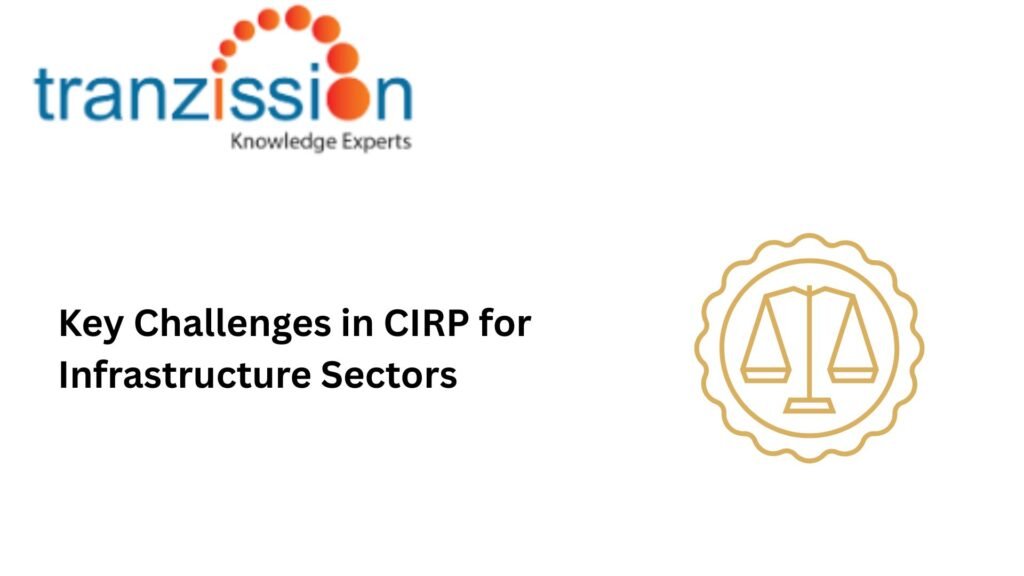Blog
Sector-specific insolvency cases are needed to address the unique characteristics of different industries, aspects that the Insolvency and Bankruptcy Code, 2016 (IBC) may not address. The Committee of Creditors’ (CoC) decision is crucial in forming the resolution plans that either revive the corporate debtor is liquidate them. Thereby, the CoC in CIRP decisions on sector-specific […]
The Arbitration and Conciliation Act, 1996 (hereon forward known as “the Act”) governs both domestic and international arbitration, including the enforcement of foreign arbitral awards. It is essentially a legal framework for resolving disputes outside of traditional court systems through a process where parties mutually agree to appoint an arbitrator to make a binding decision […]
The object of the insolvency framework in India, at least so far as operational creditors are concerned, is to initiate the insolvency process against the corporate debtor only in clear cases where a real dispute between the parties regarding the debt owed did not exist. The Insolvency and Bankruptcy Code, 2016 (IBC) was not intended […]
The ccorporate insolvency resolution process profession is a mechanism under the Insolvency and Bankruptcy Code, 2016 (IBC) for company’s who are facing financial distress to either revive, rehabilitate, or resolve their situation. This includes the involvement of the corporate debtor’s creditors, insolvency professionals, and the Adjudicating Authority, which is the National Company Law Tribunal (NCLT), […]
The insolvency law in India was transformed with the enactment of the Insolvency and Bankruptcy Code, 2016. Among the many changes, the waterfall mechanism Under IBC was introduced as a systematic manner is distributing the proceeds. This ensures that the distribution is done fairly, according to the principle of equitable treatment, and maintains a structured […]
The Insolvency and Bankruptcy Code, 2016 (IBC) was enacted to consolidate and amend the laws relating to the reorganisation and insolvency resolution of corporate debtors in a time-bound manner for the maximisation of the value of assets of such debtors. Its primary function is to provide a solution to companies in financial distress. However, the […]
Singapore’s insolvency framework is considered one of the best due to its efficient processes, well-designed mechanisms, amongst other features. Having an effective insolvency framework for debtors can promote entrepreneurship, and responsibility for risk-taking, and prevent distressed companies from closing down. On the other hand, a framework for creditors can help them to recover their debts […]
The issue of economic downturns that impact the financial situation of different industries, such as construction companies, cannot be ignored due to their contribution to the overall economy in India. Their delayed payments severely affect the cash flow disruptions, particularly in large corporations. The current insolvency framework in India may not address the distinctive obstacles […]
The Insolvency and Bankruptcy Code, 2016 (IBC) provides for a speedy and efficient dispute mechanism for the resolution process. Under the IBC, the different classes of people may initiate the process, one of whom is operational creditors. Section 9 of IBC allows for an operational creditor to file an application with the Adjudicating Authority to […]
Insolvency Frameworks in Developed vs. Developing Nations ensure the timely resolution of distressed businesses and the protection of creditor and debtor rights. These laws facilitate the reorganization of viable businesses and the liquidation of non-viable ones. It has a crucial role in maintaining economic stability by providing a structured framework to manage failing businesses, allowing […]

